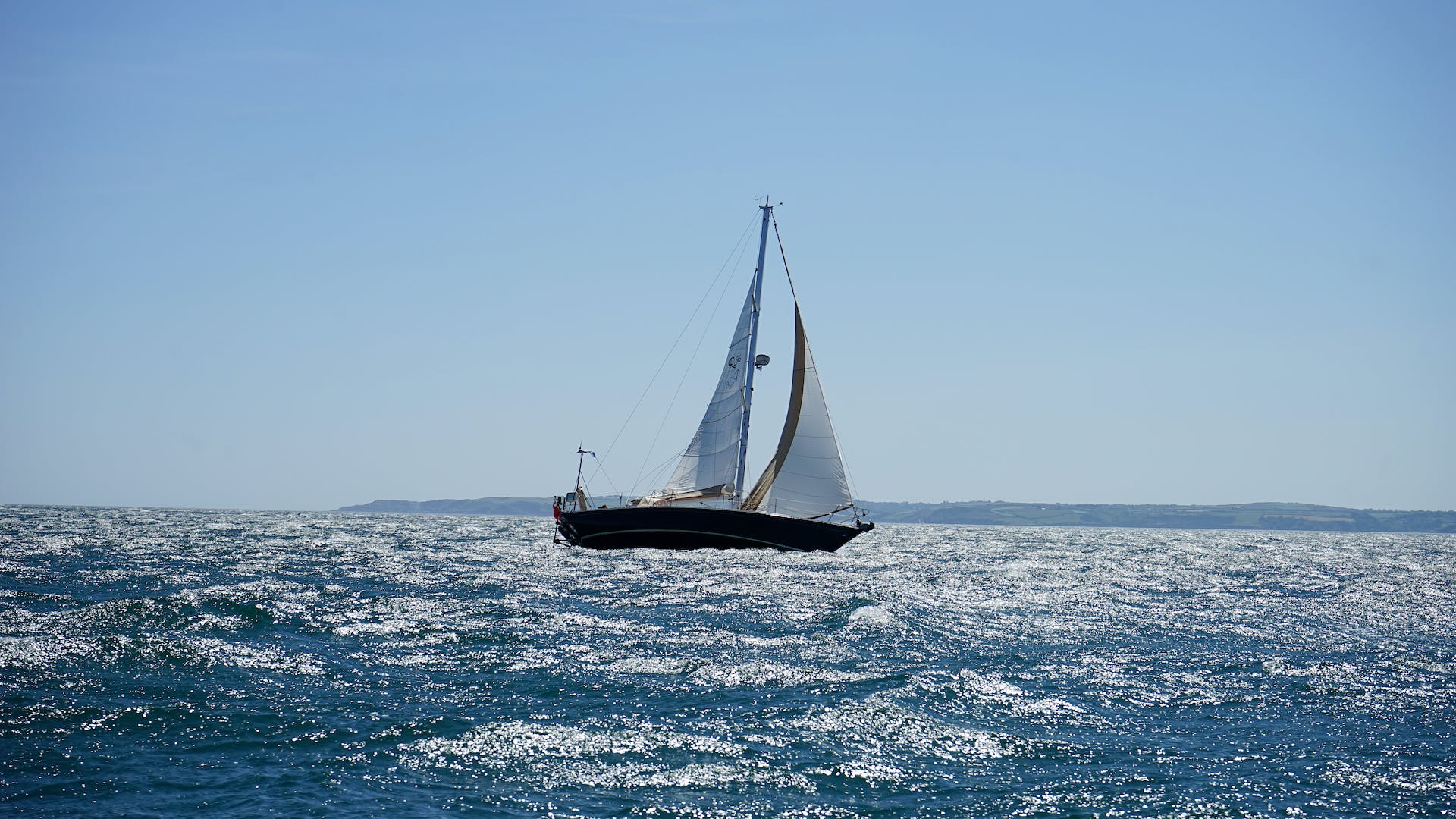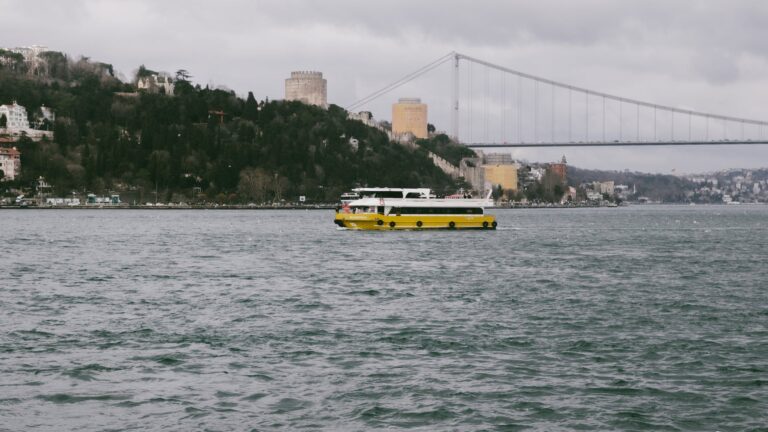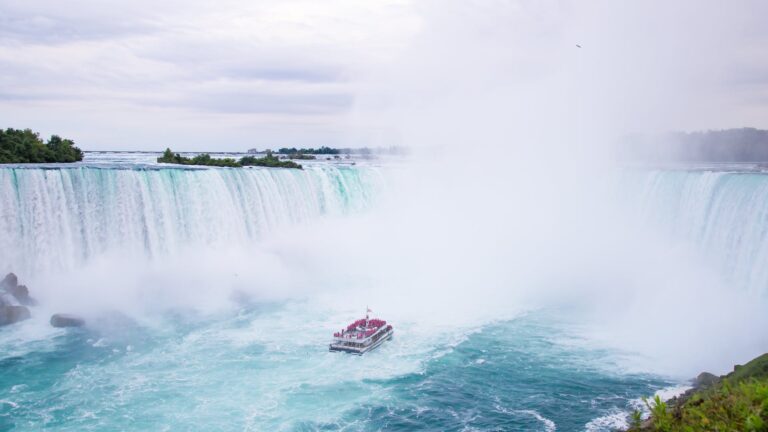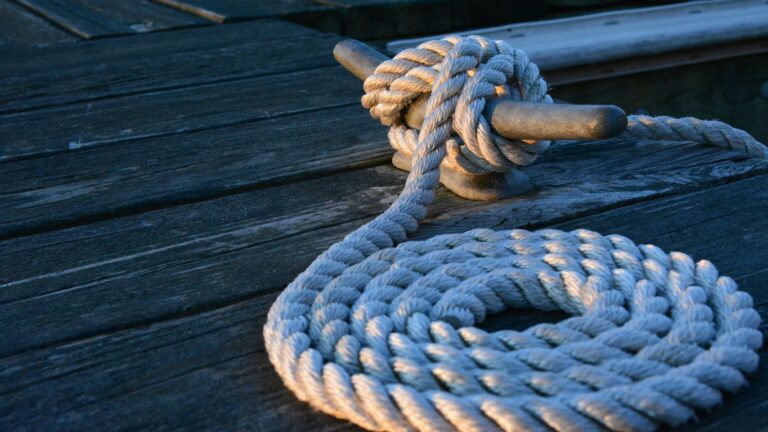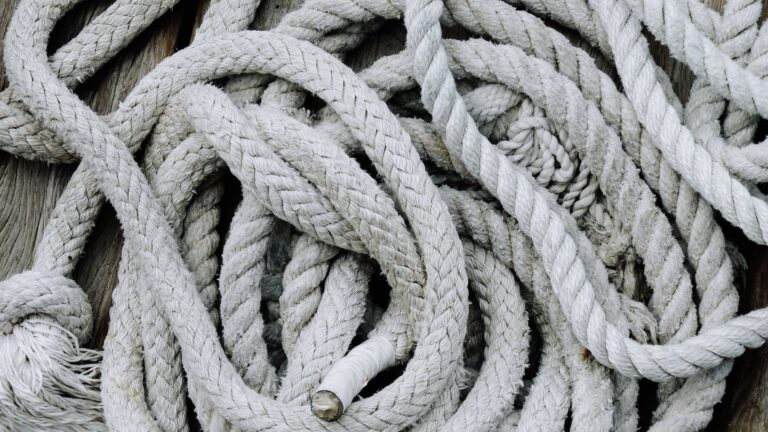How Do You Sail Upwind Better?
How To Sail Upwind Better: Speed Tips For Big Breeze Sailing
Sailing upwind can be a tricky business, even for experienced sailors, especially when the wind is strong and challenging conditions prevail!
In this article, we’ll discuss some of the best tips and techniques to help sailors of all levels learn how to get the most out of their upwind sailing in big breeze conditions.
By following these tips, you’ll be able to maximize your boat speed and performance while minimizing fatigue and risk of capsize or other mishaps!
What Is Upwind Sailing?
Upwind sailing is sailing in a direction away from the direction that the wind is blowing from – usually towards an objective or end point, such as a buoy or finish line – while utilizing natural wind power to propel the vessel forward instead of motor power (or rowing).
It requires careful attention to sail trim and positioning as well as understanding how different wind strengths and directions affect your boat’s speed and handling characteristics.
Speed Tips for Upwind in Big Breeze
The key to success in upwind sailing in big breeze conditions lies in understanding that speed comes first, then pointing (the angle between your bow and the wind).
As such, it’s important to make sure that your sails are trimmed correctly so that you can get as much power from them as possible without exceeding their maximum luffing angle (the point at which they start to lose power).
Additionally, it’s important to maintain a constant heel angle – that is, the angle of your boat relative to the water – so that you can maximize your boat speed while minimizing your risk of capsizing or other mishaps!
Maintaining Balance
In order to maintain balance while sailing upwind in big breeze conditions, both sails need to be de-powered evenly so that they are generating equal amounts of lift on either side of the boat.
This will help keep your boat tracking straight and ensuring that you don’t lose any speed due to excessive heel (lean) on one side or another.
Additionally, it’s important to pay attention to shifts in wind direction – if you notice a sudden gust coming from one side or another, it may be necessary for you adjust sail trim accordingly so as not to be overpowered by too much lift on one side or another!
Heel is All That Matters
For both the driver and trimmers aboard a boat sailing upwind in big breeze conditions, maintaining a constant heel angle should be the ultimate goal: too much heel will slow down your boat due to increased drag, too little heel will cause instability due decreased lift from your sails, just enough heel will ensure maximum speed with minimal risk of capsize or other mishaps!
Therefore it’s important for everyone aboard an upwind-moving vessel to pay attention to shifts in wind strength and direction so as not allow too much heel on one side or another – this can easily be achieved by adjusting sail trim accordingly!
Crush The Waves
In addition to maintaining a constant heel angle while sailing upwind in big breeze conditions, it’s important for sailors also pay attention wave height and direction so as not get caught out by an unexpected wave (or set of waves).
If there is any indication that waves may become larger than usual due an approaching storm system or other atmospheric anomaly it’s important for sailors adjust their sail trim accordingly so as not get caught out by an unexpected wave (or set of waves) which could easily cause excessive heeling on one side or another if left unchecked!
Sail Trim & Positioning
The most important factor when it comes to upwind sailing performance in big breeze conditions is sail trim & positioning: having properly trimmed sails will ensure maximum efficiency by reducing drag caused by excessive heeling on one side or another, having properly positioned sails will ensure maximum lift by taking advantage of changes in wind direction without becoming overpowered, both elements are essential when it comes getting the most out of an upwind sailboat performance!
Sail Shape & Settings
No matter what type of sails you use when upwind sailing in big breeze conditions, making sure they are properly shaped and set relative to each other is essential for maximizing performance: main sails should be set slightly lower than jibs so as not create too much heeling force on either side, jibs should also be slightly higher than main sails so as not create excessive drag on either side, both elements combined will ensure optimal performance while minimizing strain on both driver and trimmer alike!
Tacking & Gybing Tactics
Tacking (turning against the prevailing wind) and gybing (turning with it) are two essential tactics used by sailors when going upwind: tacking allows you take advantage changes in wind direction without creating too much drag, gybing allows you take advantage changes in wind strength without creating too much heeling force either way, combining these two tactics with proper sail trim & positioning will help ensure maximum efficiency while minimizing fatigue among crew members!
Crew Work & Communication
Upwind sailing requires strong communication among crew members: driver should pay attention shifts in wind strength & direction while trimmers should pay attention changes sail shape & settings, all crew members should also be aware what type maneuvers are being executed at all times (e.g., tacking vs gybing) so everyone can respond accordingly if/when needed, with proper teamwork & communication everyone aboard an upwind-moving vessel can work together towards common goal maximizing performance while minimizing fatigue/mishaps!
Conclusion
Sailing upwind can often prove challenging even experienced sailors – especially when winds are strong – but understanding basic principles such effective use sail trim/positioning combined with proper tacking/gybing tactics can help maximize performance minimize fatigue/mishaps if done correctly!
By following these tips closely anyone new experienced sailor alike should able take advantage natural forces propel their vessel forward towards desired objective/end point quickly efficiently no matter weather conditions they face along way!

